Description
See more videos, webinars, and loads of other information about the PETS Series at http://www.primaryeducationthinkingskills.com/
Now Includes the Entire book (as a .pdf) and NEW Management Forms! (Using a download code.)
PETS™ is a systematized enrichment and diagnostic thinking skills program. Lessons are presented in convergent analysis, divergent synthesis, visual/spatial thinking, and evaluation, suitable for grades K-3. The program aligns to the higher levels of Bloom’s Taxonomy.
PETS™ 1, “the red book,” introduces the six thinking specialists of Crystal Pond Woods –
• Dudley the Detective, the convergent/deductive thinker
• Isabel the Inventor, the divergent/inventive thinker
• Sybil the Scientist, the convergent/analytical thinker
• Yolanda the Yarnspinner, the divergent/creative thinker
• Max the Magician, the visual/spatial thinker
• Jordan the Judge, the evaluative thinker
Included in the 24 lessons are encounters with the animal characters who
are engaged in problem-solving scenarios calling for their types of thinking –
four lessons involving each character (two whole class lessons to help identify
talented learners with accompanying reproducible activities, and two small
group lessons for identified students and accompanying reproducible activities).
This edition’s lesson plans are updated, and the book now includes new and revised management forms:
• Revised Behavioral Checklists with Diagnostic Notes
• NEW – Alignment with the Common Core State Standards
• Revised PETS™ Small Group checklist
• NEW – PETS™ Rubric
• NEW – PETS™ and 2st Century Thinking Skills
• NEW – PETS™ in the Regular Classroom Planning/Observation Sheet
• Student Stories
• Student Reproducible Activity Pages
• Pages needed for whole class reproduction for transparencies and whiteboards
The accompanying download includes the entire book in PDF format for easy duplication and projection.
PETS™ helps build behavioral portfolios for talented learners that support a differentiated approach to their education, integrates flexibly into any existing primary curriculum, and offers opportunities for learners with different strengths to shine.
I am the gifted resource teacher at a PK-6th grade school. For the last 4 years I have been using “Primary Education Thinking Skills” with all of the first grade classes on a regular basis. I go into each of the classrooms weekly with new lessons from PETS. The teachers stay in the classroom and use this time to observe their own students. Teachers and parents love the skills taught by these fun loving characters. The students often make comments throughout the week such as “You mean to think like Dudley?”! I use PETS books 2 and 3 in the resource class with the gifted students!…
–R. Hill, Alabama
See more videos on the P.E.T.S. Series at http://www.youtube.com/user/PiecesofLearning
Sample Pages
clc0483identificationchecklists.pdf
clc0483wholeclasslesson.pdf
clc0483commoncore.pdf

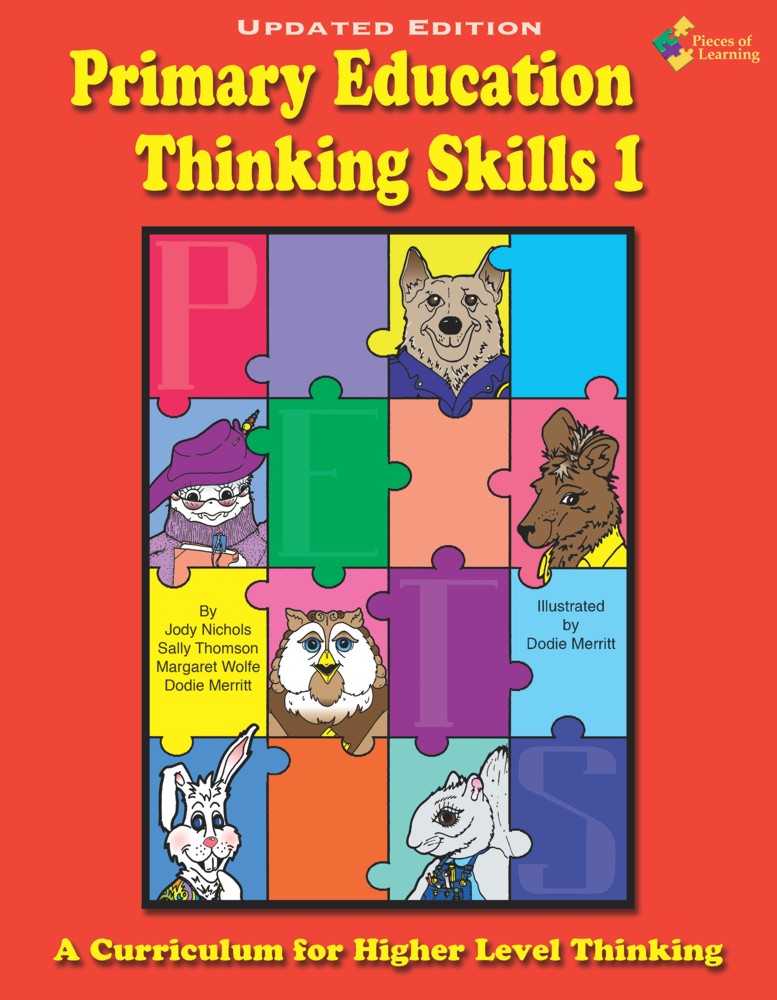
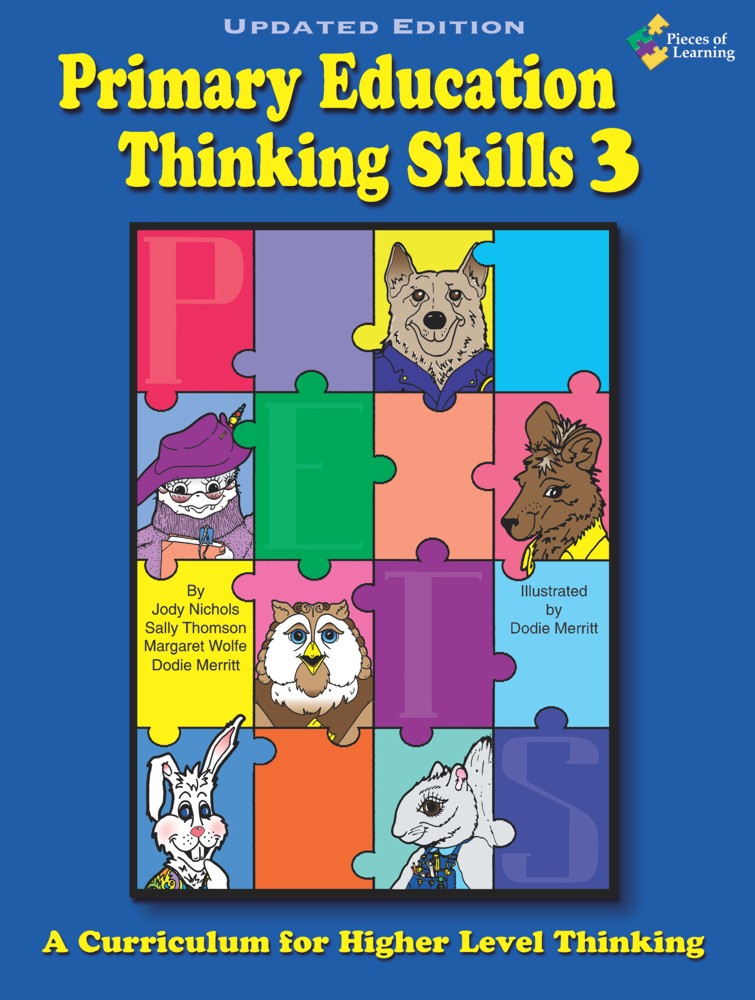
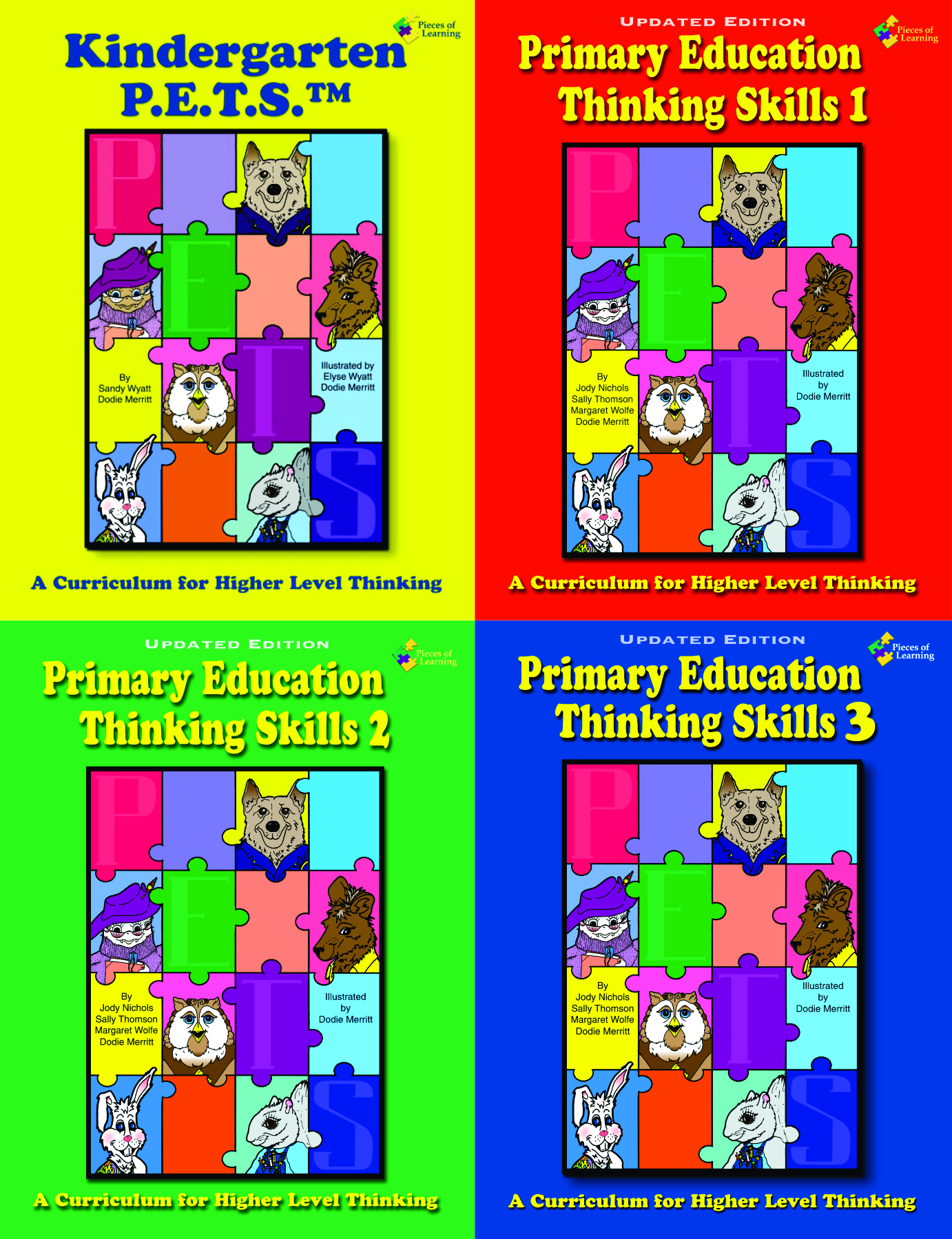
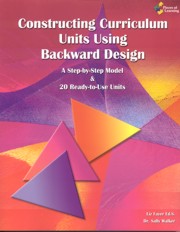
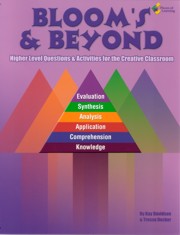
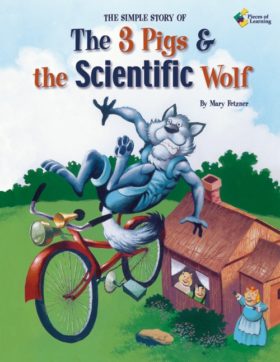
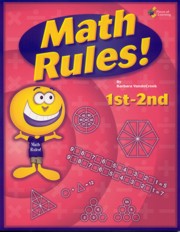
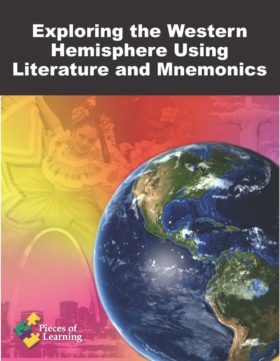
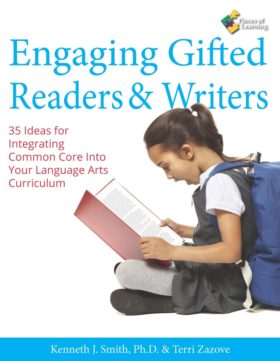
Loyal Customer –
“These kids who have been exposed to PETS for books 1 and 2 seem to be a lot more flexible thinkers than the other kids.”
-Teresa Pawlik, Atlanta
Loyal Customer –
“We currently use PETS™ as a first grade early reading intervention program with 10 first graders. The kids love it and commented last time we met … ‘wouldn’t it be great if we did these kinds of activities in our classroom all the time…’ Thanks.”
-Diane Pollitt, Olathe, KS
Loyal Customer –
“I love seeing knowledge carried over from 1st to 2nd grade, Book 1 to Book 2. My students really enjoy the program. I’ve used Book 1 since 1997!”
-Beverly Pryor, TX
Loyal Customer –
“PETS™ is the most outstanding curriculum I’ve found on the market to date to familiarize students with thinking skills and problem solving processes commonly associated with gifted curriculum. Though it appears to have been designed to assist in identifying potential GT students in the classroom, it can and has been used effectively in an existing GT program. The curriculum introduces strategies, processes and skills used in GT programs in a most novel, comprehensive, engaging, meaningful way. Students respond with delight, enthusiasm, and clarity of understanding. In my 30+ years of working in gifted education, I’ve not found any commercial product more helpful, teacher friendly, kid friendly, thorough, effective, and beneficial as the PETS™ materials. Hats off to its creators!”
-Nancy Stiles, Carson City NV, 2009
Loyal Customer –
———————————–
Dear Pieces Pals,
It was wonderful to see you at OAGC! I’m writing to share an experience that we had in Sidney last weekend, based on PETS red book. It was Enrichment Saturday: Mystery Fest. The participants are gifted elementary kiddos and their elementary siblings. We divided the group by age/grade and set up a “crime scene” for each group to analyze. They compiled clues, tested evidence and ultimately solved the crime.
Dudley the Detective was the inspiration for our Kdg.- grade 2 group. We created a crime scene using butcher paper to portray Crystal Pond Woods. We included enlarged footprints from “Mystery Creatures” (pg. 23) and clues such as thread from Yolanda’s web spinning and Sybil’s magnifying glass, and Isabel’s wrench. The teacher read Dudley’s story (pp.18-19), stopping frequently to discuss process vocabulary and to allow time to examine the crime scene. The children recorded their observations and hypotheses on large “Clue Board”. The teacher did not reveal Rosalyn Robin’s confession until all possible suspects had been considered in terms of motive, opportunity and means (i.e. Who can get into trees?).
During the second half of the morning, we presented more of Dudley’s activities as hands on games. For example:
Lost Toys – Present the actual toys. Copy clue sentences on individual sentence strips and work collaboratively to match name tags with toys.
Who Gets Which Gift? – Present 5 gift-wrapped packages. Copy clue sentences on strips and match name tags with packages.
Ladybug Leap – Red paper plates with black dots represented ladybugs. 5 volunteers held the plates. Copy the clue sentences on sentence strips and work collaboratively to arrange the ladybugs in order. Several children liked this one so much that they made up a new pattern and new clues for a second round of Leap.
We greatly enlarged the gameboard for “Can you find your way through Crystal Pond Woods?” so that it became a floor map that the children actually walked. We borrowed Attribute Blocks from a math manipulatives kit and gave each student a baggie. They “played” as individuals and pairs as it is drawn. Then, an enterprising student suggested that we roll a number cube to determine the number of attributes to change from one space to the next.
A roll of 5 meant “lose a turn” and a roll of 6 meant “back one space”. A player also lost a turn if he/she did not have an appropriate shape left to play.
What a lot of thinking!!! What a lot of fun!!!
Meggan Weaver, Gifted Education Coordinator
Sidney City Schools
Sarah Bongarten –
We’ve really enjoyed using the PETS curriculum with our 1st graders. It really gives students multiple opportunities to think in different ways. However, we noticed that the book and the CD do not always match up. It looks like the CD is of the original book, so the updated checklists, new items, and some blackline masters are missing. Is there a CD of the updated book?